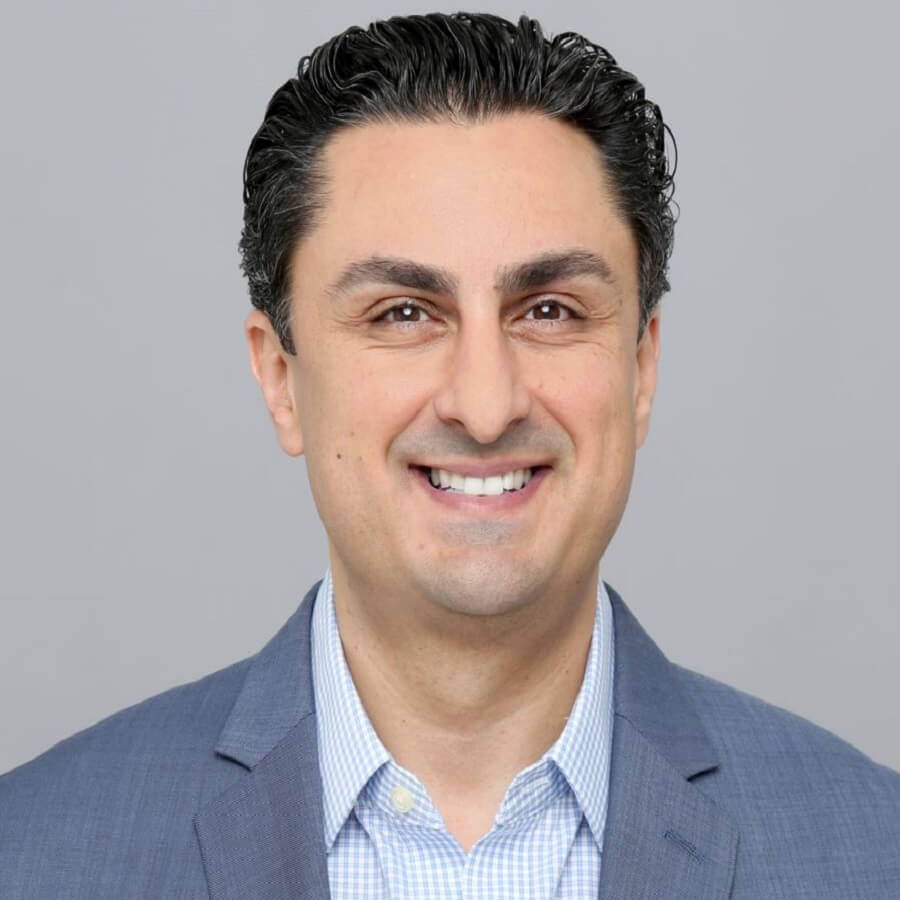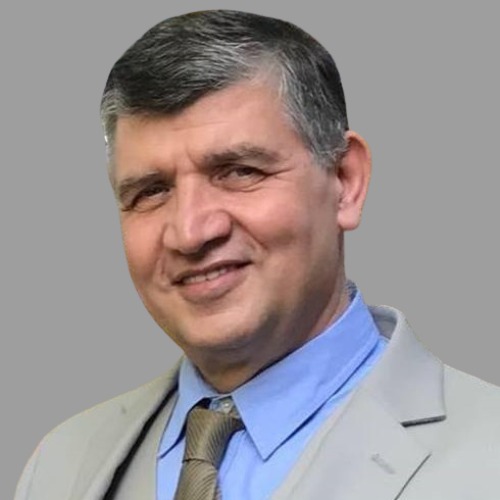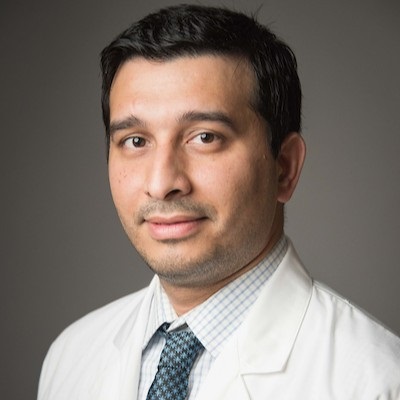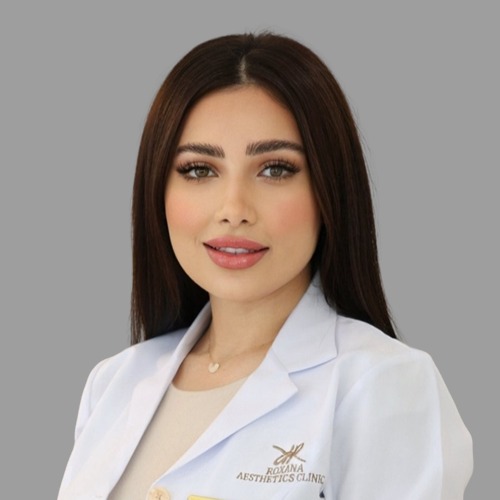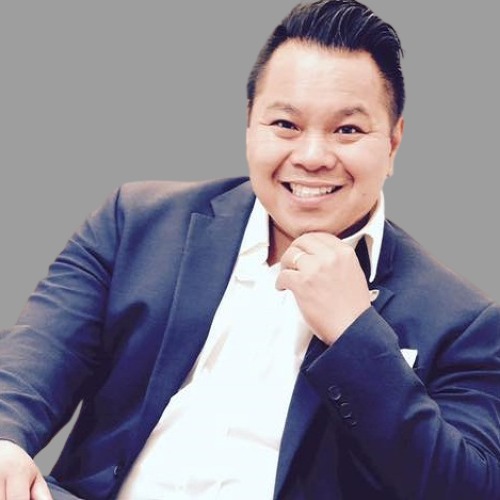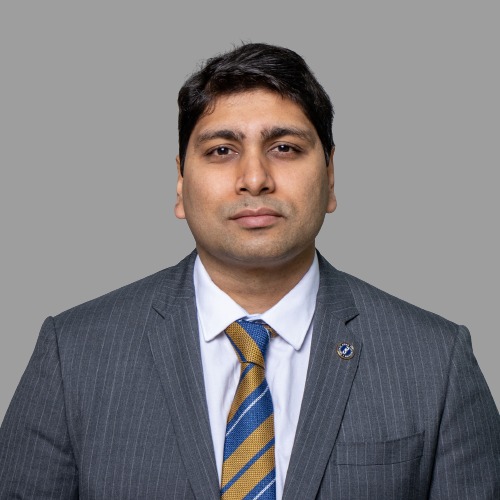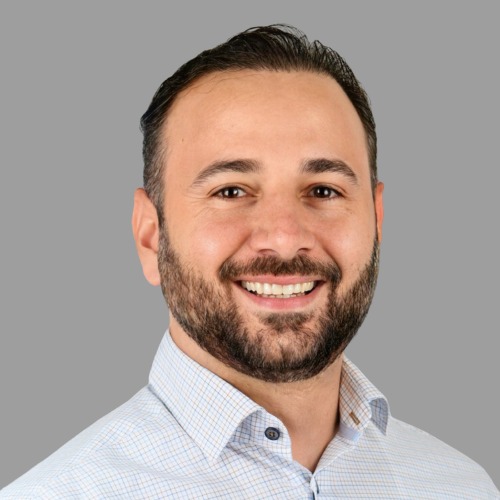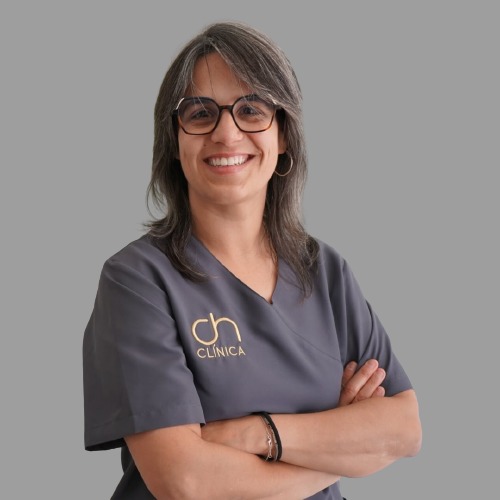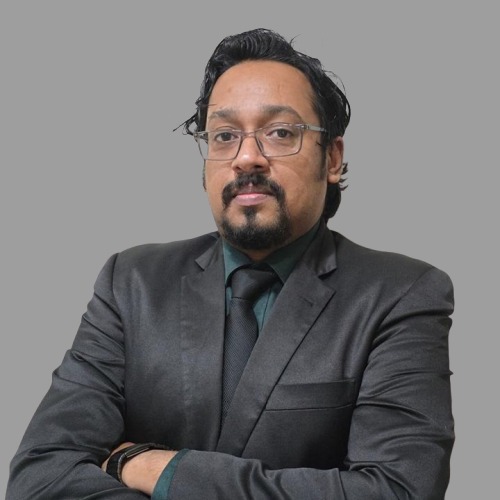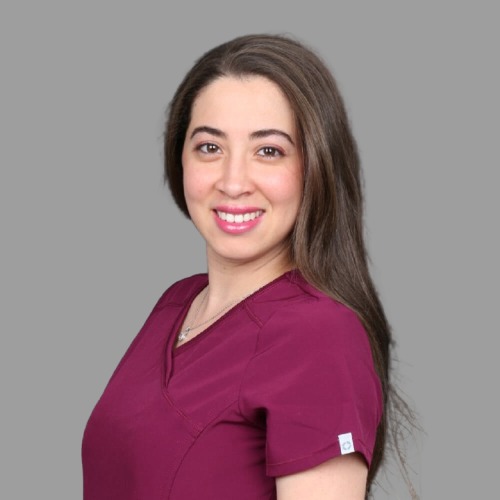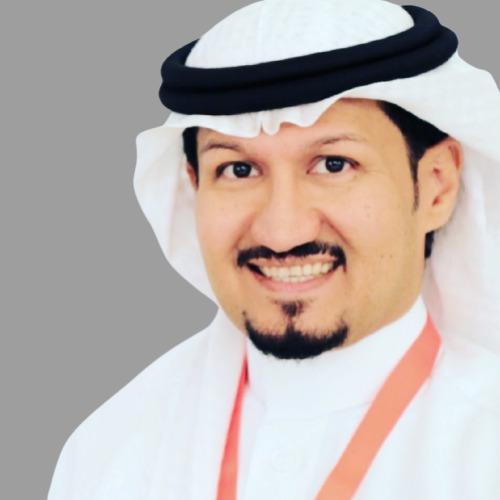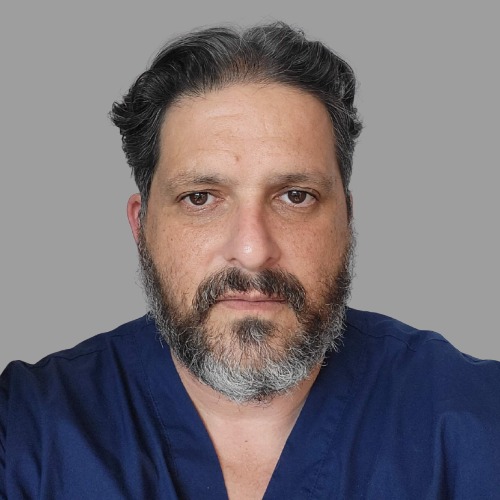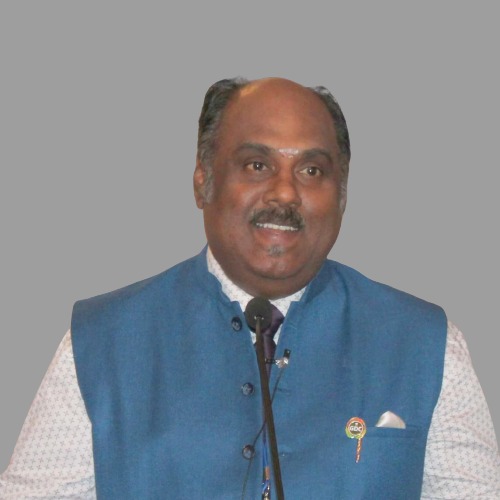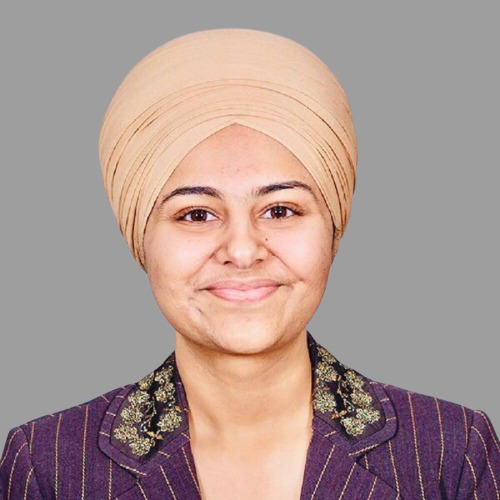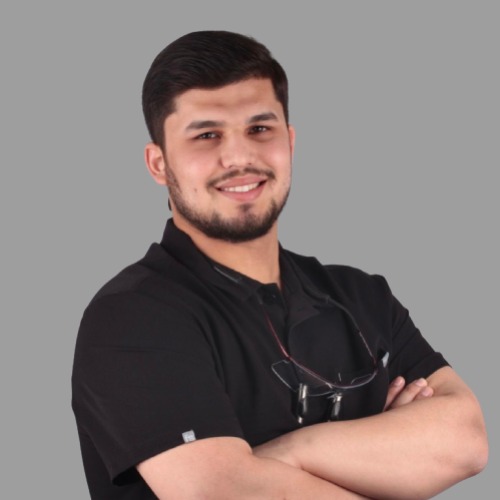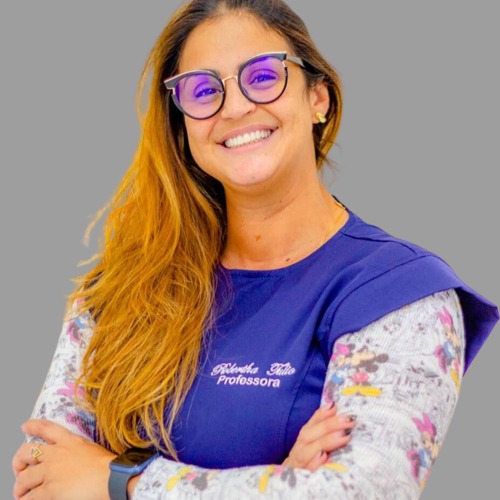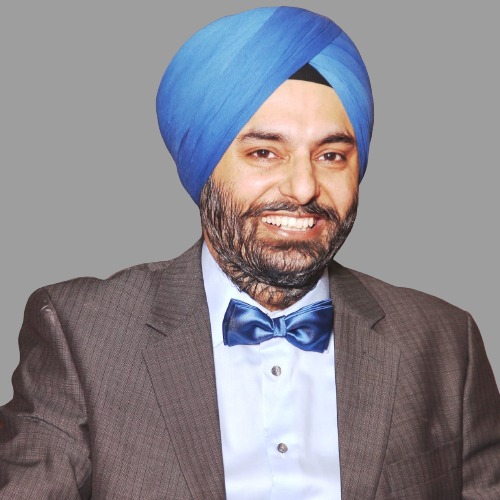
Prof. Dr. Preetinder Singh
Academy of Oral Surgery
Dr. Preetinder Singh (MDS) is working as a Senior Professor in Department of Periodontology & Oral Implantology in SDD Hospital & Dental College, India and as a Senior Consultant in various dental offices around the country. Dr. Singh is am AMBASSADOR, AMERICAN ACADEMY OF ORAL SURGERY. He is the Editor in Chief of Journal of Periodontal Medicine & Clinical Practice and Associate Editor of various other famous journals. He was awarded the Best Graduate Award and Gold Medal by Kurukshetra University, Haryana, India during his BDS, based on his outstanding academic record. He has a keen interest in academics, research and clinical practice. He has around 55 research publications in various national and international journals of repute. Dr. Singh is an invited senior reviewer for 5 leading international journals indexed in PUBMED. He also has three textbooks published internationally, attached to his career till date. Dr. Singh has a great interest in periodontal & implant research field and is an invited KEYNOTE speaker for corporate lectures on his expertise in dentistry at a national & international level. He also holds a place of doing the first study in INDIA on use of recombinant PDGF in treatment of gingival recession defects. He is presently working on microsurgery, advanced Implantology, PRF, LANAP etc. Under his guidance and work, his department was awarded as the centre of excellence in dental implants in his state.
United States
Abstracts
Role of blood & Its products in dentistry: An insight
Bone regeneration in dentistry involves the use of cells, biological or artificial scaffolds, and biofactors that promote cell growth and differentiation. Growth factors have a major role in this process since they influence chemotaxis, differentiation, proliferation and synthetic activity of various bone cells, thereby regulating physiological remodeling and the process of bone healing. That makes the use of autologous and recombinant growth factors (GF) a very rapidly upcoming field of regenerative dentistry & oral implantology. Most of the growth factors derived from autologous blood are released upon platelet activation, and their clinical applications have been popularized with Platelet-rich plasma (PRP), Platelet rich fibrin (PRF) & its advancements namely A-PRF& i-PRF, Concentrated Growth Factors (CGF), Sticky Bone
Concept etc. It is time to use this ‘BLOOD’ in different ways to achieve regenerative potential in the field of dentistry & ORAL Implantology.
Titanium toxicity & sensitivity in relation to oral implantology: A point to ponder
In spite of recent pioneering advances and remarkable evolution in the design and development of surgical and dental implant materials, failures do occur. One of the reasons for these failures can be the corrosion of dental implants. The most favorable implant is the one which is capable of resisting the most extreme conditions that could possibly be encountered in the mouth. The choice of the materials used for the implant as well as implant borne superstructures become vital and can be made by way of evaluating their galvanic corrosion behaviors. When the mechanisms that ensure implant bioacceptance and structural stabilization are fully understood, implant failures will become a rare occurrence, provided that they are used properly and placed in sites for which they are indicated. Titanium dental implants can cause corrosion and wear. Particles and ions of titanium and titanium alloy components due to corrosion and wear can be deposited in surrounding tissues, and inflammation can occur. The buildup of titanium ions and particles can occur systemically as well as in the neighboring tissues, which can lead to toxic reactions in other tissues including yellow nail syndrome. Additionally, there are cases where the metal material is hypersensitive. Currently, zirconia/ceramic implants are considered to be an alternative; however, there are still limitations due to a lack of long-term clinical data. Within the limitation of this lecture, it suggests that we should be aware of the rare problems of titanium toxicity, allergy & hypersensitivity.
Dealing with peri-implantitis: An insight to various treatment regimens
As one in six patients receiving implant therapy is likely to show signs of peri-implant diseases with varying degrees of severity throughout the lifespan of the implants, clinicians will be confronted with peri-implant complications requiring appropriate management. The ideal management of peri-implant infections should focus both on infection control of the lesion, detoxification of the implant surface, and regeneration of lost support. Treatment options can be surgical or nonsurgical. The host's medical status, defect configuration, aesthetic outcome, ability to access for plaque control post-treatment, and the patient's wishes are key factors to consider. The purpose of this presentation is to provide a contemporary synopsis on the management of peri-implantitis with an emphasis on explanation.
Blood & its products as Regenerative Agents in dentistry
Bone regeneration in dentistry involves the use of cells, biological or artificial biometric scaffolds, and biofactors that promote cell growth and differentiation along complex pathways to repair the tissue. Growth factors have a crucial role in this process since they influence chemotaxis, differentiation, proliferation and synthetic activity of bone cells, thereby regulating physiological remodeling and bone healing. That makes the use of the autologous and recombinant growth factors (GF) a rapidly growing field of regenerative dentistry focusing on manipulating GF and secretory proteins to maximize the healing of bone and soft tissues. Most of the growth factors derived from autologous blood is released upon platelet activation, and their clinical use has been popularized with Platelet-rich plasma (PRP), Platelet rich fibrin (PRF) & its advancements namely A-PRF& i-PRF, Concentrated Growth Factors (CGF), Sticky Bone Concept, etc. It is time to use this ‘BLOOD’ in different ways to achieve regenerative potentials in the field of dentistry.
Featured 2025 Speakers
Speakers of The Club



